
Build it and you understand it.
Kiel University
Faculty of Engineering
Institute for Electrical Engineering and Information Technology
Chair of Nanoelectronics
Kaiserstr. 2
24143 Kiel, Germany
His research interest covers the field of novel electronics devices from device fabrication, thin film analytics to electrical characterization. Examples include the study of non-linear dynamics of interlayer fluxon (soliton) interactions in stacked superconducting tunnel junctions and the memristive electronic transport in multiferroic tunnel junctions. His main research aims are memristive devices for non-volatile memories and neuromorphic circuits. Especially the experimental realization of time-varying, pulsed-coupled bio-inspired neuronal oscillator networks, comprising signal delay and variable coupling strengths (via memristive devices) attracted his research interest over the last years.
Hermann Kohlstedt is Professor of Nanoelectronics at the Engineering Department of the Christian-Albrechts University (CAU) Kiel, Germany. Prior to this appointment at CAU, he was leading a research group from 1991 to 2009 at the Research Center Jülich, Germany that focused on advanced electronic device concepts and associated materials-processing issues. From 1986 to 1989 he worked at the Institute for Millimeterwave Radiostronomy (IRAM) in Grenoble, France and received his PhD in Physics from the Kassel University in 1989 on superconducting tunnel junctions for heterodyne receivers. From 1990 to 1991 he held a one year appointment at the Advantest Corporation in Sapporo, Japan.
His representative work includes metallic and complex oxide superconducting -, magnetic – and ferroelectric tunnel junctions in the frame work of transport properties and thin film analysis. In 2005/06 he was on sabbatical at the Materials Science Department of the UC Berkeley and the Advanced Light Source (ALS) at the Lawrence Berkeley National Laboratory, USA. Since 2009 he is working in the field of memristive device for neuromorphic circuits and he is spokes person of the DFG (German Research Society) Research Unit RU 2093 entitled: “Memristive Devices for neuronal Systems”. He authored and co-authored more than 170 papers in peer-review journals.
